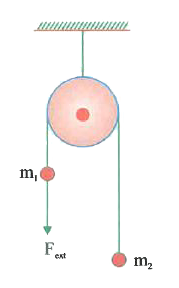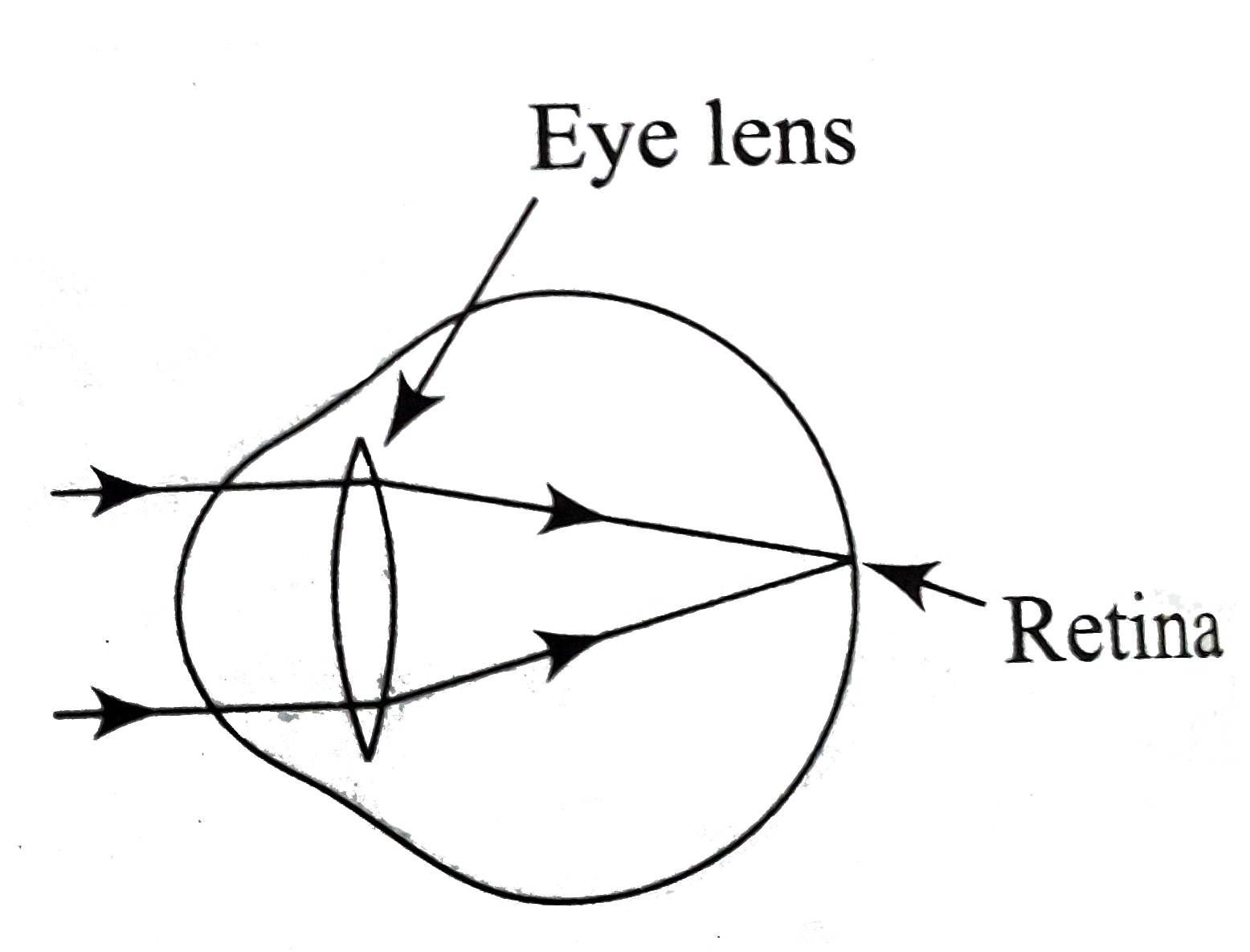Retina || photosensitive pigments || M/A vision || M/A pupillary diameter || power OF accomodation || disorders OF eye || external ear
Step by step video solution for Retina || photosensitive pigments || M/A vision || M/A pupillary diameter || power OF accomodation || disorders OF eye || external ear by Biology experts to help you in doubts & scoring excellent marks in Class 12 exams.
Updated on:21/07/2023Similar Questions
(a) For a normal eye, what is the least distance of distinct vision ?
(b) What is the maximum power of accomodation of a normal eye ?
View SolutionA normal human eye can detect yellow light if more than 10 photons enter into it per second. A star is generating as much power as the Sun and is emitting predominantly yellow light (λ=6000Å). How far is the star if our eye isbarely able to see it? It is given that intensity of solar light on surface of the earth is I=1400Wm–2 and the distance of the Sun from the Earth is r=1.5×1011m. The diameter of pupil of our eye is d=6mm.
View Solution
Knowledge Check
Read the assertion and reson carefully to mark the correct option out of the options given below:
Assertion : The eye is said to have power of accomodation .
Reason : Ciliary muscles alters the shape of the lens for near or far vision during accomodation .AIf both the assertion and the reason are true and the reason is a correct explanation of the assertionBIf both the assertion and the reason are true but the reason is a not correct explanation of the assertionCIf the assertion is true but the reason is falseDIf both the assertion and reason are falseIn the chemistry of vision in mammals, the photosensitive substance is called
or The visual pigment in rods of retina of vertebrate eye which is responsible for detection of light is
or
It is present in rods and useful in night visionASelerotieBRetinolCRhodopsinDMelaninTwo bodies of masses m1andm2(m2>m1) are connected by a light inextensible string which passes through a smooth fixed pulley. The instantaneous power delivered by an external agent to pull m1 with constant velocity v is :
 A(m2−m1)gvB(m2−m1)vgC(m2−m1)gvD(m1−m2)gv
A(m2−m1)gvB(m2−m1)vgC(m2−m1)gvD(m1−m2)gv
A short sighted person cannot see clearly beyond 2m. Calculate power of the lens required to correct his eye to normal vision.
View SolutionA myopic adult has a far point at 0.1m. His power of accomodation is 4 diopters.
(i) What power lenses are required to see distant objects ?
(ii) What is his near point without glasses ?
(iii) What is his near point with glasses ? (Take the image distance from the lens of the eye to the retina to be 2 cm).
View SolutionA power supply with an e.m.f ε and internal resustance r is connected to a variable resistance R. Find the dependence of the total power generated by the supply and of the power delivered to the external circuit on the load resistance.
View SolutionA myopic adult has a far point at 0.1m. His power of accomodation is 4 diopters.
(i) What power lenses are required to see distant objects ?
(ii) What is his near point without glasses ?
(iii) What is his near point with glasses ? (Take the image distance from the lens of the eye to the retina to be 2 cm).
View SolutionThe ciliary muscles of eye control the curvature of the lens in the eye and hence can alter the effective focal length of the system. When the muscles are fully relaxed, the focal length is maximum. When the muscles are strained, the curvature of lens increases. That means radius of curvature decreases and focal length decreases. For a clear vision, the image must be on the retina. The image distance is therefore fixed for clear vision and it equals the distance of retina from eye lens. It is about 2.5cm for a grown up person.
A perosn can theoretically have clear vision of an object situated at any large distance from the eye. The smallest distance at which a person can clearly see is related to minimum possible focal length. The ciliary muscles are most strained in this position. For an average grown up person, minimum distance of the object should be around 25cm.
A person suffering from eye defects uses spectacles (eye glass). The function of lens of spectacles is to form the image of the objects within the range in which the person can see clearly. The image o the spectacle lens becomes object for the eye lens and whose image is formed on the retina.
The number of spectacle lens used for th eremedy of eye defect is decided by the power fo the lens required and the number of spectacle lens is equal to the numerical value of the power of lens with sign. For example, if power of the lens required is +3D (converging lens of focal length 100/3cm ), then number of lens will be +3.
For all the calculations required, you can use the lens formula and lensmaker's formula. Assume that the eye lens is equiconvex lens. Neglect the distance between the eye lens and the spectacle lens.

Q. A far sighted man connot see objects clearly unless they are at least 100cm from his eyes. The number of the spectacle lenses that will make his range of clear vision equal to an average grown up person will be
View Solution
